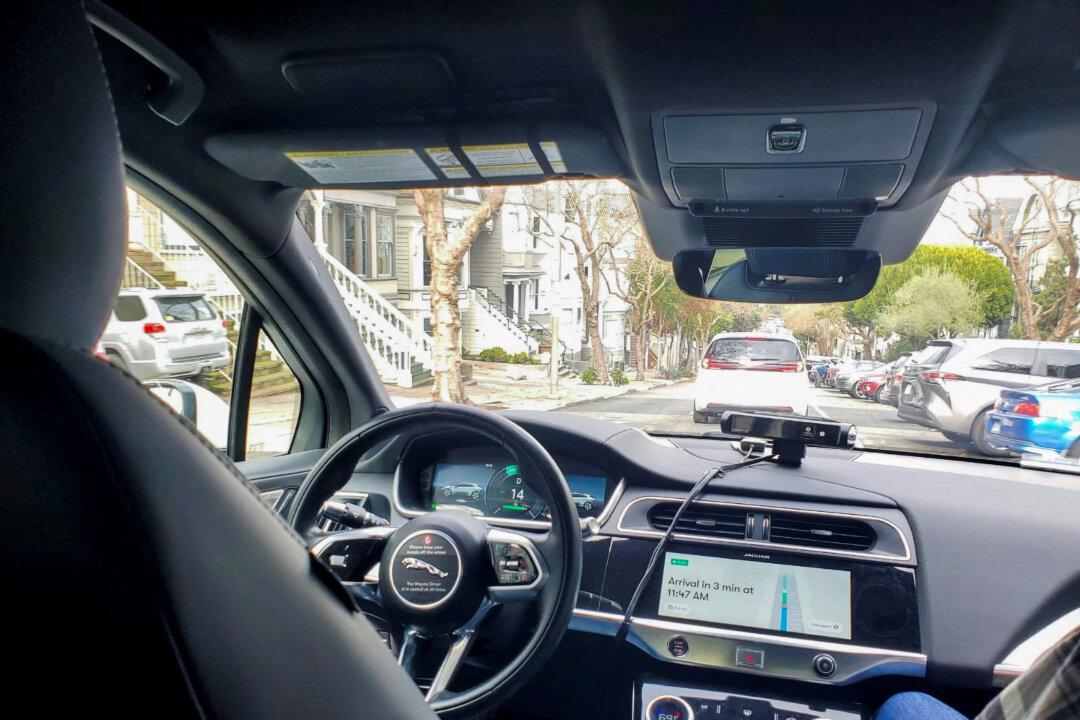California governing bodies are now able to hold half their meetings online, extending pandemic-era rules after Gov. Gavin Newsom signed a bill allowing such into law last week.
Senate Bill 544 has garnered significant interest in the days after it was introduced in February, since it would restrict the public’s ability to attend some government meetings in person.




